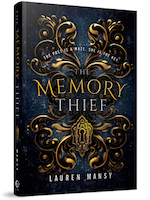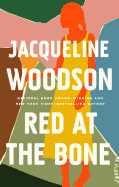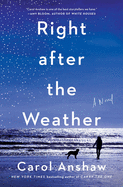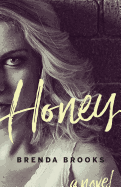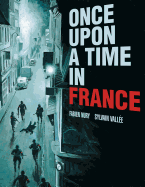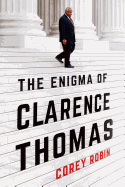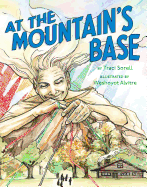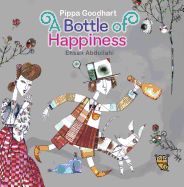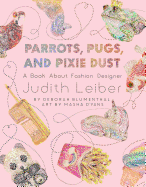 |
| Robb Davidson Photography |
Lauren Mansy is from the Chicago area, where she grew up helping her parents in their family business. She's spent years working with youth, from young children to high schoolers, and when she's not writing, she loves staying active outdoors, exploring the city to find the best deep-dish pizza and spending time with her family. Her debut novel, The Memory Thief (Blink, October 2019), was inspired by her own journey with her mother, who was a survivor when all hope seemed lost.
What inspired you to write this fantasy about a society in which memories are treated as currency?
When I was around Etta's age, my mom was diagnosed with a heart condition, which led to an unexpected open-heart surgery. Due to the trauma my mom experienced, the doctors warned my family that if she survived, she might not remember us when she woke. I was sitting at her bedside when she first began to stir, and she squeezed my hand three times, our signal that meant I love you. I knew that my mom was coming back to me, and it was a moment I'll never forget!
After facing the possibility of losing my mom, I was struck by how our memories make up so much of our identity and the vital role they play in our relationships with others. I wondered, "What if there was a world where memories could be transferred from mind to mind... and what kind of people would exist in a society like that?" I'm so thankful to say that my mom made a full recovery, but it was during those moments of uncertainty that the seeds for this book were planted.
Witnessing my mom's unwavering courage throughout her recovery process inspired me to write a story to honor her, and placing this book in her hands for the first time is one of my favorite memories!
In your story, many people buy, sell and trade memories--and talents--instead of experiencing life for themselves. Is this symbolic of anything you see happening in our world today?
Throughout the story, Etta questions her own identity and how to find her true self in a world where it only takes one touch for someone else's memories to seep into your mind. For many in Etta's society, they often sell painful memories to avoid heartache or buy talents to avoid hardship, and they no longer value individuality and creativity. Instead of living both the joys and the trials of life together, they're isolated and disconnected from one another. Most are essentially choosing to live someone else's life instead of cherishing their own uniqueness and living in harmony with those around them.
Perhaps we face some of the same challenges in our society. I think there are quite a few things in our world today that allow us to "live" someone else's life--movies, television, the Internet, etc. Though these can be wonderful tools for expanding our minds, we also face the temptation of living an "imitation" of life instead of experiencing real life. We, much like those in Etta's world, have countless opportunities at our fingertips to gain new experiences.
It's interesting that the hero, Etta, and the villain, Madame, are both women. Was this a conscious decision? If so, why?
When I first began writing this story, Etta and Madame were characters who appeared very clearly in my mind. For Etta, Madame is like a mirror. She represents a lot of who Etta could end up becoming, depending on which choices she makes on this journey. Madame never intended to become a villain, and in her opinion, she's still very much a hero. Etta, on the other hand, has a lot of regrets. She doesn't believe she can ever do much good in this world. They're two women who are vastly different and yet they impact one another in ways neither of them could've predicted.
Forgiveness features prominently in the novel. Why was it important to you that Etta be a flawed--rather than a perfect--character?
Etta is definitely guilt-ridden, has made costly mistakes and has lost hope that things can ever be made right. But she's also a character who believes a lot of lies about herself and the world around her. She doesn't think she deserves forgiveness, let alone to forgive herself.
While on her journey to save her mother, Etta is forced to confront the things and the people she's been running from, and she'll stop at nothing to protect her loved ones. I think there's a lot of courage in fighting for something you believe in, even when it scares you. It's during these moments of heartache that Etta begins to question if she's believed the wrong definition of strength. For years, her comatose mother hasn't spoken a word, but she's far surpassed any expectations placed upon her and has shown Etta the importance of never giving up.
Etta is slowly learning that true strength is so powerful that even the worst mistakes of the past can never extinguish it.
This story has so many fun twists and turns. Did you know exactly where you were going when you began? Can you take us through a bit of your process in writing it?
That's kind of you to say! I tried to keep an open mind while writing The Memory Thief. Though the story evolved throughout the revision process, many of the major plot points remained the same. I absolutely love revising, and I kept journals detailing the process and changes--it's been fun to look back and remember the various paths that this story has taken.
When I first began writing, there were fears, doubts and worries that I hadn't yet figured out how to voice out loud when faced with losing my mom. On the cover of The Memory Thief, there's a lock, which is symbolic of Etta's journal. She uses a journal to keep track of her own memories, so in a way, this book is like one big journal entry for her. It often feels like one for me, as well. Through telling Etta's story, I began to better understand my own. --Lynn Becker
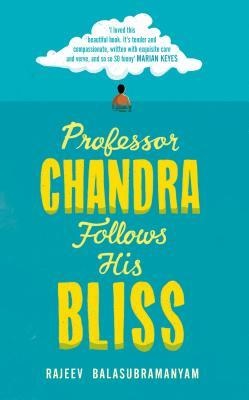 For Rajeev Balasubramanyam, British-Indian author of Professor Chandra Follows His Bliss (Dial, $27), residing in this liberal city means "never being the weirdest person in the room." There's no pressure to conform, he can just be himself--which is actually the message behind his hilarious debut novel. In the case of Professor Chandra, tethered to the stuffy norms of scholarly life at the University of Cambridge, it's time for a spiritual awakening, and readers will find themselves picking up some excellent tips as they accompany the hapless professor on his bumpy journey to self-realization.
For Rajeev Balasubramanyam, British-Indian author of Professor Chandra Follows His Bliss (Dial, $27), residing in this liberal city means "never being the weirdest person in the room." There's no pressure to conform, he can just be himself--which is actually the message behind his hilarious debut novel. In the case of Professor Chandra, tethered to the stuffy norms of scholarly life at the University of Cambridge, it's time for a spiritual awakening, and readers will find themselves picking up some excellent tips as they accompany the hapless professor on his bumpy journey to self-realization.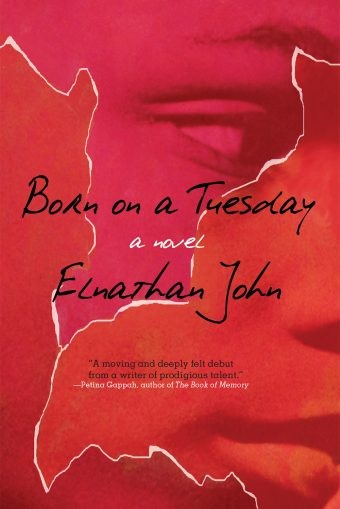 Nigerian-born author Elnathan John is a fixture on the Berlin literary scene. His writing style blends satire, history and current affairs to great effect. The subject matter of John's electrifying debut, Born on a Tuesday (Grove Press, $16), could not be more different from Professor Chandra's spiritual journey. For the young narrator Dantala, violence is the universal language by which he survives gang life in the Northwest Nigerian town of Bayan Layi. Dantala experiences a religious rebirth of sorts when he is given shelter at a mosque, but his faith is derailed by the rise of Boko Haram and its scorched-earth approach to Islam. Writing in Berlin has proved fruitful for John: he has two new releases on the horizon. --Shahina Piyarali, writer and reviewer
Nigerian-born author Elnathan John is a fixture on the Berlin literary scene. His writing style blends satire, history and current affairs to great effect. The subject matter of John's electrifying debut, Born on a Tuesday (Grove Press, $16), could not be more different from Professor Chandra's spiritual journey. For the young narrator Dantala, violence is the universal language by which he survives gang life in the Northwest Nigerian town of Bayan Layi. Dantala experiences a religious rebirth of sorts when he is given shelter at a mosque, but his faith is derailed by the rise of Boko Haram and its scorched-earth approach to Islam. Writing in Berlin has proved fruitful for John: he has two new releases on the horizon. --Shahina Piyarali, writer and reviewer


